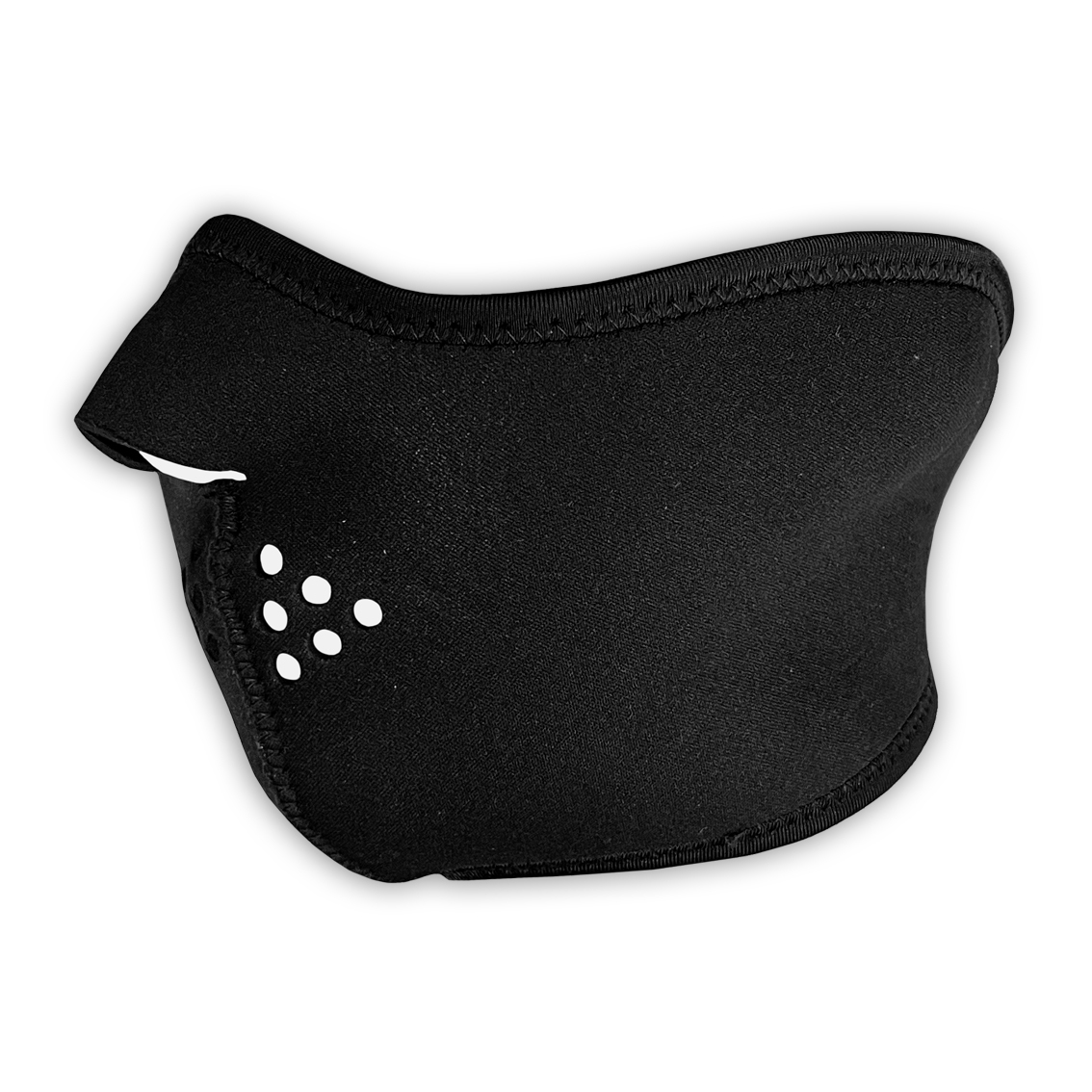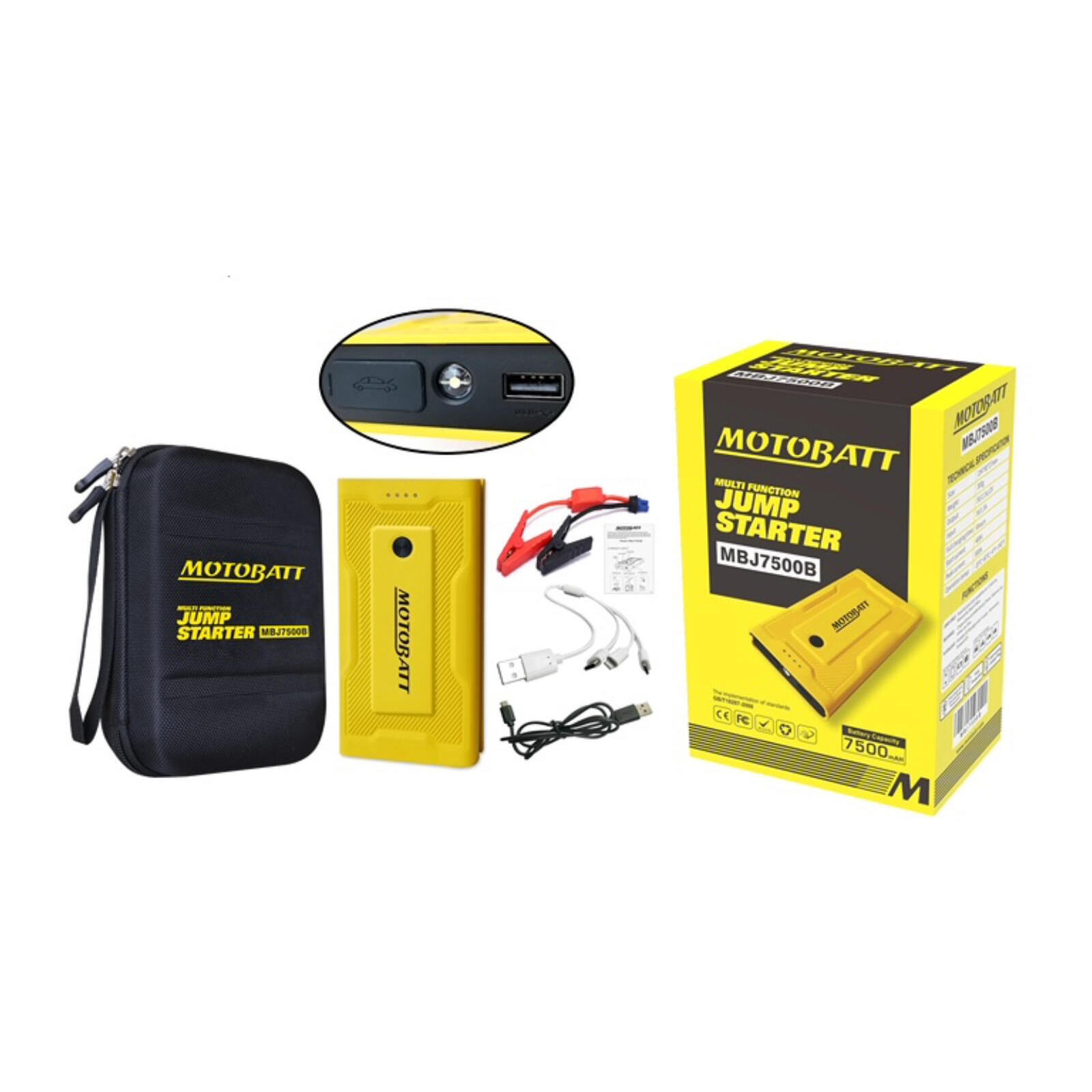Open-Face vs. Full-Face Helmets: Which One Is the Better Choice?
Date Posted:15 April 2024

.jpg)
The debate between open-face vs. full-face helmets has long been a topic of discussion among riders. However, in truth, there should not be a discussion about which one is better overall because each type offers unique benefits and drawbacks, catering to different riding styles and preferences.
Understanding the features and considerations of each helmet type is essential for making an informed decision. Thus, let's explore the key factors to consider when deciding between open-face and full-face helmets, as well as mention a compromise between the two - modular helmets.
Features of Full-Face Helmets
Full-face helmets are the epitome of motorcycle headgear when it comes to safety and protection. They are designed to enclose the entire head, so these helmets offer comprehensive coverage that extends from the top and back of the head down to the chin.
Full-face helmets provide the highest level of protection among all helmet types. One of the distinguishing features of full-face motorcycle helmets is the reinforced chin bar that protects your jaw. By encompassing the entire head, they safeguard riders against impact injuries to the skull, face, and jaw in the event of a crash.
They also offer excellent protection against adverse weather conditions like rain, wind, and cold. The sealed design prevents water, debris, and wind from entering the helmet, providing you with a comfortable and distraction-free riding experience. Plus, most full-face helmets come equipped with an integrated visor system, giving you built-in eye protection.
This eliminates the need for additional eyewear and ensures clear vision in various riding conditions. Finally, the streamlined shape of full-face helmets enhances aerodynamics, reducing wind resistance and minimizing wind noise at high speeds. This not only improves your comfort but also contributes to overall safety by maintaining stability.
However, while full-face helmets offer unparalleled protection, they do have some drawbacks to consider:
- Weight: Full-face helmets tend to be heavier than other helmet types due to their comprehensive design, which can cause neck fatigue during long rides.
- Limited Ventilation: The sealed design of full-face helmets may result in limited airflow, leading to discomfort in hot weather conditions.
- Restricted Peripheral Vision: The full-face design may restrict peripheral vision compared to open-face helmets, requiring you to turn your head more to check blind spots.
Features of Open-Face Helmets
Open-face helmets (also called half-face helmets), on the other hand, offer a more traditional and airy riding experience compared to their full-face counterparts. These helmets provide coverage to the top, sides, and back of the head, but they leave your face exposed.
Some riders prefer open-face helmets due to the classic design that reminds them of the early days of motorcycling. With their retro aesthetic and exposed face, they evoke a sense of freedom and nostalgia among many riders. Others simply love that open-face helmets offer superior ventilation thanks to their open design.
The absence of a chin bar allows for better airflow, keeping riders cool and comfortable, especially in hot weather conditions. Another characteristic and advantage of open-face helmets is their unrestricted peripheral vision. You have a wider field of vision, making it easier to check blind spots and maintain awareness of your surroundings.
On top of that, open-face helmets are generally lighter than full-face helmets due to their simpler design. This lightweight construction reduces neck fatigue during long rides, improving comfort and endurance. Plus, many riders who wear glasses prefer these helmets as there is no issue in fitting glasses under the helmet.
Finally, open-face helmets are convenient to wear and remove, making them popular among urban commuters and riders who value ease of use. Their open design exposes the face, allowing you to communicate as if you weren’t wearing a helmet at all.
While open-face helmets have several benefits, they also have some drawbacks to consider:
- Limited Weather Protection: Open-face helmets provide minimal protection against adverse weather conditions such as rain, wind, and cold. Riders may need to wear additional gear or accessories to stay comfortable in inclement weather.
- Increased Noise: The open design of these helmets can lead to increased wind noise and turbulence, especially at higher speeds. You may find the noise levels distracting or uncomfortable during extended rides.
- Reduced Protection: The main disadvantage of open-face helmets is their reduced protection compared to full-face helmets. With the face exposed, riders are more vulnerable to facial injuries in the event of a crash or impact. This may seem like a minor disadvantage to some, however, a comprehensive study on motorcycle injuries found that around 35% of impact injuries happen precisely in the jaw/chin area. Thus, this is something you should definitely account for when choosing between an open-face vs. full-face helmet.
Is It Legal to Wear an Open-Face Helmet in Australia?
This is a question people often ask, so let’s answer it quickly. Yes, it is legal to wear an open-face helmet in Australia on the road. More specifically, it is legal to wear an open-face helmet if it complies with Australian Standard (AS) 1698:1988, Australian Standard/New Zealand Standard (AS/NZS) 1698: 2006, United Nations Economic Commission for Europe (UN ECE) 22.05 or ECE 22.06. Authorised dealers in Australia should only sell helmets that are compliant with one of these standards.
How To Choose Between an Open-Face vs. Full-Face Helmet

Choosing between an open-face vs. full-face helmet ultimately comes down to prioritising your needs and preferences. If maximum protection is your priority, especially considering statistics showing a significant portion of impact injuries occur in the jaw/chin area, a full-face helmet is the obvious choice.
However, if you're comfortable with a lower level of protection and prioritise the feeling of freedom and ventilation, an open-face helmet may suffice. Consider the weather conditions and riding environment you'll typically encounter. If you frequently ride in adverse weather or at high speeds, a full-face helmet's superior protection and weather resistance may be more suitable.
On the other hand, if you mostly ride in urban areas or at moderate speeds, an open-face helmet’s ventilation and convenience may be more appealing. That being said, ensure that whichever helmet you choose fits properly and feels comfortable for extended periods of wear. Try on different models and sizes to find the one that offers the best fit for your head shape and size.
The Middle Ground: Modular Helmets
When you are looking for a motorcycle helmet that perfectly suits your needs and style, the decision doesn’t just have to revolve around an open-face vs. full-face helmet because there is a compromise: modular helmets. The defining feature of modular helmets is that they can worn in both a full-face and open-face configuration, allowing you to change the configuration based on the riding conditions.
However, while modular helmets provide many of the features of both open-face and full-face helmets, they don’t excel in any of those areas. For instance, modular helmets will typically be heavier than open-face helmets and not provide as much freedom when worn in the jet configuration.
In the full-face configuration, they will provide comparable protection to true full-face motorcycle helmets, however, the structural integrity of the chin bar may not be as robust, leading to a lower degree of protection in that specific area. Another drawback of modular helmets is that are often more expensive than other types of motorcycle helmets.
Thus, as we said, modular helmets are a compromise, not the perfect solution, so it depends on what features you prioritise.
Where Can You Find the Helmet You Need?
Once you have decided between an open-face vs. a full-face helmet (or went with the modular option), you can purchase what you need at Shark Leathers. Our range of motorcycle helmets includes high-quality but affordable open-face, full-face, and modular helmets from premier brands.
Simply place your order online and we will ship the helmet of your choice right to your address. And if you need some assistance or have any concerns, feel free to contact us, we’ll help you in any way we can.



 cart(
cart(
![Shark - Protective Chinos [CE2]](/assets/full/S210211.jpg?20240515220004)





 6/142 Siganto Dr, Helensvale QLD 4212
6/142 Siganto Dr, Helensvale QLD 4212 (07) 5573 5118
(07) 5573 5118



